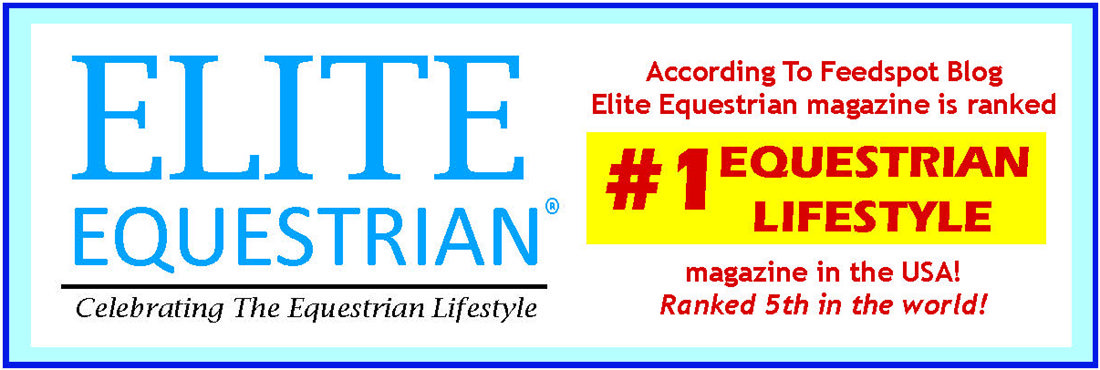
Winter Brings Increase in Barn Fires
Blue Bridle Insurance Agency
It’s a fact – the cold winter months bring an increase in farmowners insurance fire claims in barns and stables. Buildings can be rebuilt but horse insurance cannot restore the emotional loss of a beloved equine companion.
The majority of barn fires reportedly occur in January through March during daytime hours. It follows that this is when barn workers are using portable space heaters. Heating equipment is the leading cause of structure fires in barns! This is followed by electrical distribution and lighting equipment. Most common causes of fire can be prevented or the risk reduced. Plan ahead to avert a catastrophe – don’t be lulled into thinking it couldn’t happen to you.
Run through your fire safety check list (you do have one, don’t you?), practice a fire drill and establish an escape plan. And now is a good time to arrange for an annual visit from your local fire department. The more firefighters know about handling horses and about your operations, the better prepared they will be to help in an emergency. If it is safe to enter the building, fire fighters or emergency responders probably have little experience around horses so basic training is in order. During their visit,
- They can perform a full safety inspection and make recommendations
- Give them the layout of the barn(s); show them the water sources including ponds, all the barn exits and location of the fuse box or circuit breakers
- Show them the hazards on the property – where hay is stored, where fuel or other flammable materials are stored, and particularly where any dangerous animals are located.
- Demonstrate how the stall doors and main doors open
- Train them on handling horses; how to approach them, how to halter, how to lead them safely and through it all, remain calm
- What to expect when a horse is frightened – they need to know that horses easily panic, may bite, bolt, kick, or strike – learn to stay out of the “zone”
- They may be able to produce smoke for the practice drill
- Show them where the horses are to be contained in a safe fenced holding area once removed from the stable; how to release them safely to avoid injury to the handler
Above all, the safety of the barn crew and firefighters is foremost. A barn can be completely engulfed in flames within ten minutes and saving the horses may not be possible. Here is a quote by Rebecca Gimenez, PhD, President of Technical Large Animal Emergency Rescue (TLAER) instructor and author: “Blindfolds are useless in most situations; horses that are cooperative get to live. Crazed horses get left behind, no matter their value.”
This brings us back to prevention – don’t become a statistic. Review your farmowners insurance and horse insurance to determine if all your coverage needs are met. And do all of the above sooner rather than later!
Submitted by Blue Bridle Insurance Agency, specialists in equine insurance since 1982; providing insurance solutions to the equestrian community throughout the U.S.



